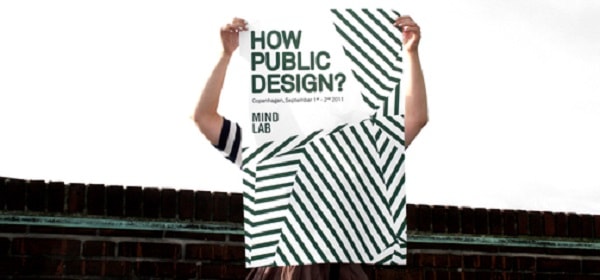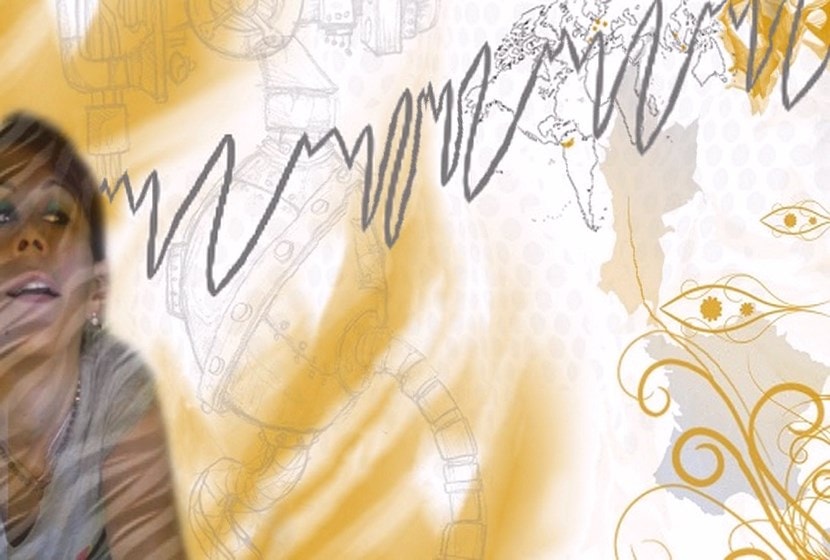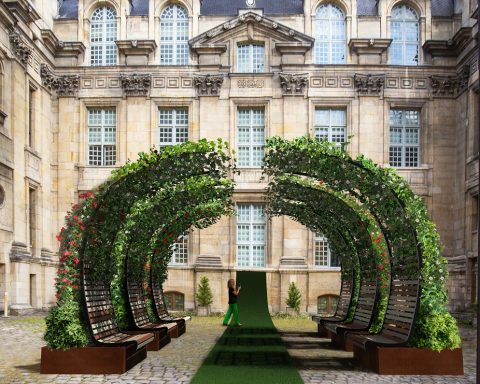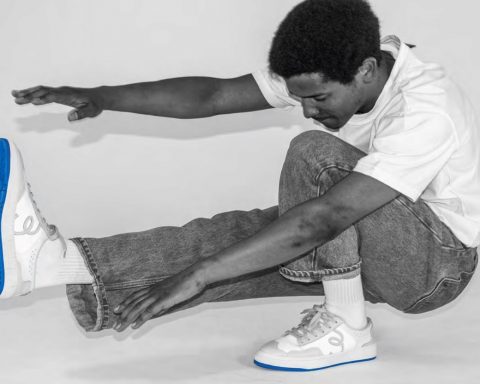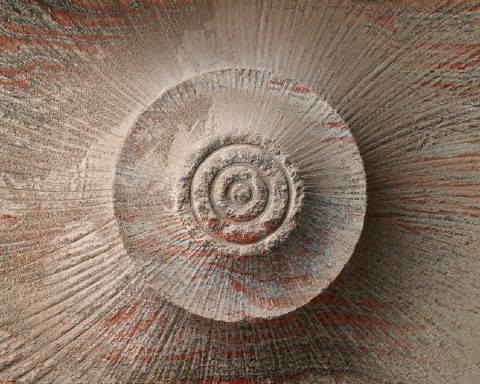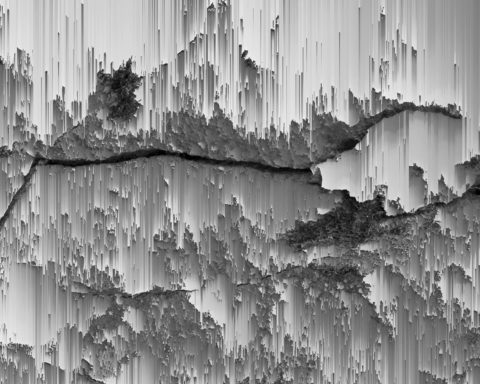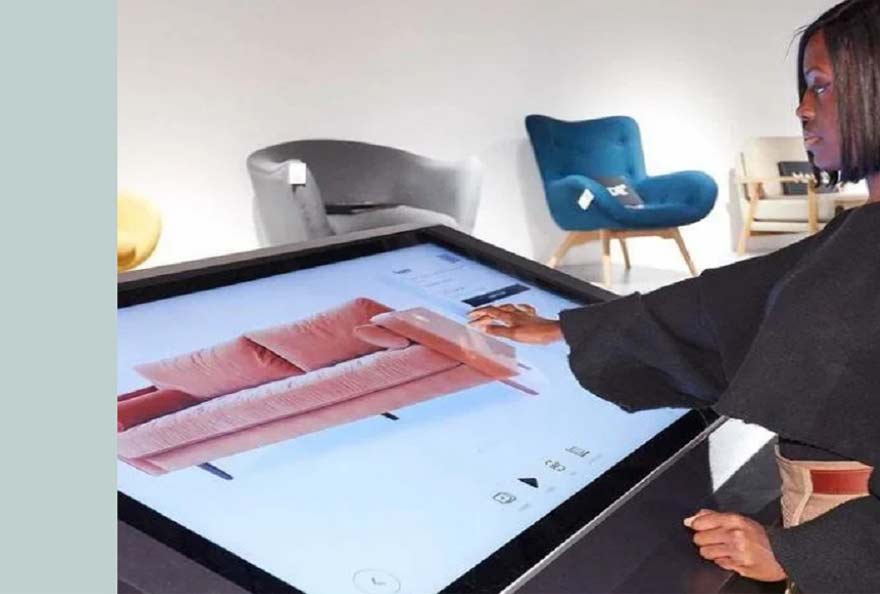Knowing how to anticipate trends, translate information from marketing and R&D, and take into account technical constraints, design is now widely disseminated. "The main argument put forward by designers is that design can reinvent everything, even public services, because their job is to design. They seek to apply to the world of ideas approaches that originally mainly concerned industrial products. Today there is a real "coup d'état" by designers, at European level, in the field of innovation". (Philippe DuranceProfessor at the CNAM).
Making ideas tangible and palpable
Based on drawing, image, video, design makes study objects "palpable" and intelligible. Thus, in the field of foresight, design is able to show or even make tangible ideas, analyses and projections. This naturally encourages their sharing and discussion, and thus their evolution. Designers can be considered as "accelerators" of the foresight process or even as facilitators. "We are going to look for in design the ability to project ourselves into the future, to make an idea of the future palpable, even if there is not always a "physical object" at the centre of the reflection." (Romain Thévenet, designer at the 27th Region).
Another virtue of image and by extension of design: projection into the future. Proposing physical representations of desirable futures allows us to debate their relevance (is this what we want?) and their feasibility (how to get there?).
Finally, the design brings a more unexpected ingredient: enchantment. "Visualization (...) has also become the essential means of thinking differently about the future. It is in this spirit that Manuel Toscano (Zago, USA) promotes a visualization that reenchants, in a world that has become too pessimistic to face the new challenges.
Ramus Run Nielsen (2+1 Ideas agency) talks about "creating a visual story that makes sense of change and makes it desirable". For him, it is now more about "changing the narrative than promoting new concepts", according to a report on the international seminar "How Public Design" (Copenhagen, 31 August 2011) on how design transforms public services (the 27th Region).
Another contribution, and not the least, design brings its approaches and tools and in particular the understanding of uses ("the intelligence of uses") alongside the other dimensions (technical, costs, ergonomics, aesthetics...) that make up any production of goods or services. Thus, by relying on design, foresight can come closer to "doing" and be more easily placed in a dynamic of realization.
Does design (too) transform foresight?
Nourished by the crisis of expertise and decision making, the idea that foresight must rely more on society's capacity for initiative and invention is increasingly prevalent. Expertise should not only be the business of experts, but should be enriched by the experiences of users, in other words by the expertise of the inhabitants. The decision is not a single act taken by isolated individuals but a continuous process involving many actors. This context has probably favoured the entry of design into the field of foresight because it relies precisely on immersion in the field, the expertise of all stakeholders, the search for solutions, etc.
But this trend should not make us forget a major objection to the use of design through foresight. As Brice Dury (designer and member of the DPDP watch network) reminds us: "design is not a miracle solution." Design alone will not be able to reconceptualize complex objects. The capacities of the image do not replace those of the written word, but complement them. This is why design must be considered at its true value: an enrichment for foresight, provided that the latter clearly defines its objectives (for example, a better understanding of objects and the formulation of unthought-out solutions rather than the search for innovative solutions).
Millennium3 - March 2013

